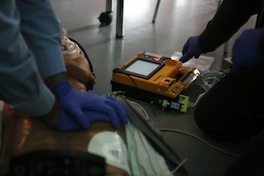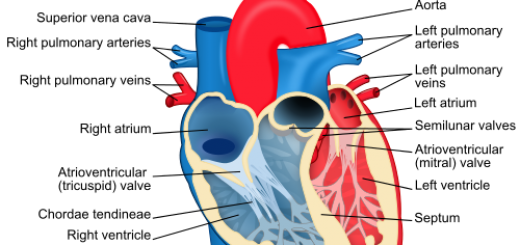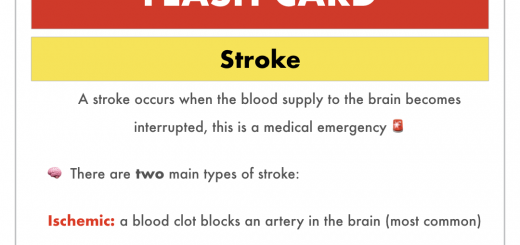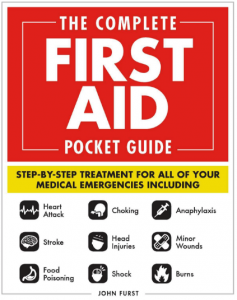Common AED questions and answers
Here’s some common questions about the use of an Automated External Defibrillator (AED) and our answers.
Why does the victim have to go without CPR for so long while the AED is analyzing and deciding whether to give a shock?
The AED requires the victim to be motionless while it analyzes the rhythm. Soon, AEDs may be able to analyze the rhythm even if the victim is moving or receiving CPR.
What does CPR do if what the victim really needs is defibrillation?
CPR delivers some oxygen to the victim’s heart and brain. This delays both brain death and the death of heart muscle. CPR buys time until the AED can arrive. CPR increases the time that ventricular fibrillation (VF) is present, and makes the heart more likely to respond to defibrillation. CPR also increases the chances that the heart will resume a normal rhythm if the AED stops the VF.
Can an AED make mistakes?
AEDs are accurate and easy to use. The AED will recognize a cardiac arrest that requires a shock, advise the rescuer a shock is needed, and give a shock to the victim if needed.
Why should a lay rescuer continue CPR and use of an AED after the ambulance arrives?
In order to minimize interruptions in CPR and AED use, lay rescuers should continue CPR and use of an AED until the EMS rescuers are ready to assume responsibility for the victim’s care.






